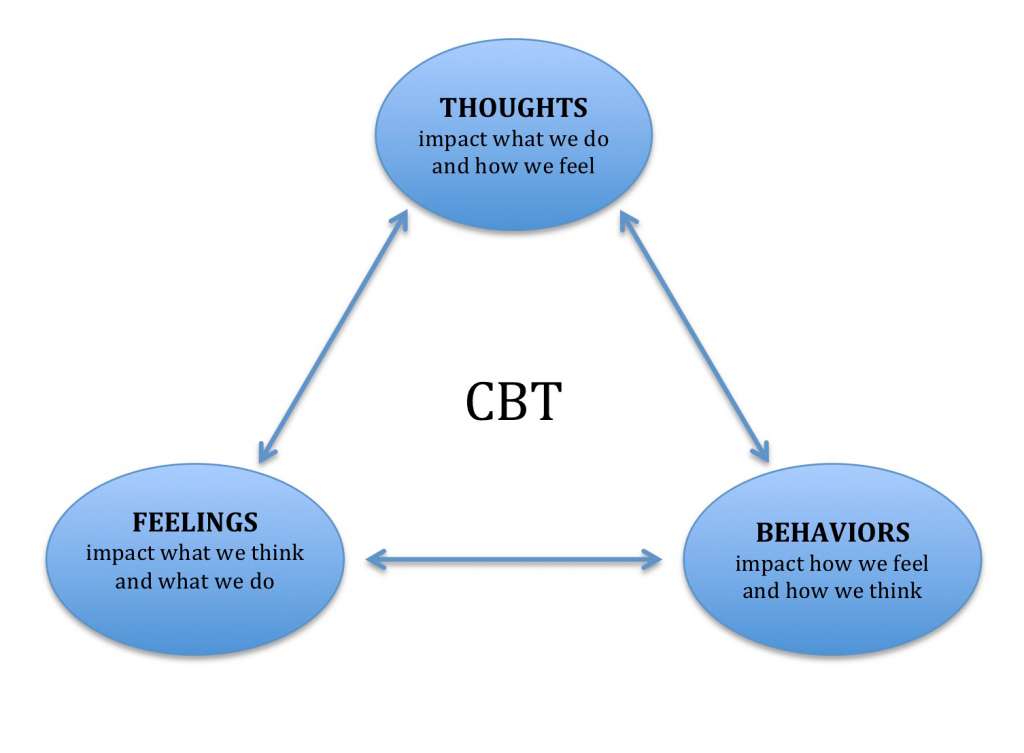
When Gratitude Feels Hard: Making Space for Real Emotions…

Everywhere you look right now, it’s all about gratitude.
Gratitude journals. Gratitude challenges. Gratitude posts with perfect fall leaves and steaming mugs of something cozy.
And don’t get me wrong – gratitude can be a powerful things. But sometimes? It’s complicated.
Because what if this year doesn’t feel like one you’re especially thankful for? What if things are heavy – or lonely, or uncertain – and the pressure to “focus on the good” just feels like one more thing you’re not doing well enough?
If that sounds familiar, you’re in good company.
The Pressure to Feel Grateful
We live in a culture that loves a good positivity campaign – especially around the holidays. Everywhere you turn, there’s a message about choosing joy, counting blessings, or remembering how lucky you are. And while those ideas aren’t wrong, they can hit differently when your heart’s in survival mode.
Maybe you’ve lost someone. Maybe your mental health has been hanging by a thread. Maybe you’re just tired – emotionally, physically, or spiritually – and the idea of “just being grateful” feels tone-deaf at best.
That doesn’t mean you’re ungrateful. It means you’re human.
When Gratitude Turns Into Guilt
Gratitude is meant to help us notice the small moments that make life meaningful – but somewhere along the line, it got tangled up with pressure and performance.

If you’ve ever thought, “I should feel more grateful,” you’ve felt that pressure. If that kind of self-talk sounds familiar, you might like this post on common cognitive distortions — it explores how subtle thought patterns can make us feel like we’re “failing” at gratitude or happiness.
It’s subtle, but it can turn something tender into something that feels like homework.
When gratitude becomes an obligation, it can actually disconnect us from ourselves. Instead of acknowledging what’s true – “This is hard right now” – we might rush to fix it with a forced silver lining. That kind of “toxic positivity” doesn’t make pain go away; it just asks it to wear a smile.
Gratitude That Makes Room for the Hard Stuff
Here’s the thing: authentic gratitude isn’t about pretending everything’s okay. It’s about recognizing that even when things aren’t okay, there can still be small moments of goodness worth noticing.
It might sound like:
- “I’m grateful I made it through today.”
- “I’m grateful for people who show up, even when I’m not easy to be around.”
- “I’m grateful for a quiet moment, or a warm blanket, or the way my pet greets me.”

It doesn’t have to be poetic or profound. It doesn’t even have to feel particularly “positive.” Real gratitude is gentle. It coexists with sadness, fear and exhaustion – it doesn’t erase them.
Making Space for All of It
This season, give yourself permission to hold both things: the gratitude and the grief. The warmth and the weariness. The moments of connection and the ache of what’s missing.
You don’t have to choose between being thankful or being honest about how you feel. You get to be both.
So maybe instead of forcing gratitude, you can simply notice it – when it shows up naturally, in small, almost invisible ways. Like the sound of laughter in another room. Or a text from someone who really gets you. Or the smell of coffee in the morning.
It’s okay if those moments are brief. They still count.
A Gentle Reflection
If you want to try something this week, here’s a simple prompt to sit with:
What’s one small thing that feels like an anchor for me right now – even if it’s not perfect?
No lists. No pressure. Just a quiet moment of noticing what steadies you, however small it might be.
Because gratitude doesn’t have to be loud or performative to be real. Sometimes, the softest kind – the kind that whispers “I’m still here” – is the most powerful of all.
And if you need a little reassurance that even research agrees it’s okay to struggle with gratitude, this podcast transcript from Greater Good Science Center offers a compassionate perspective.
If you’re finding it especially hard to feel grounded or hopeful right now, you don’t have to figure it out alone.
Therapy can be a space to explore those feelings and rediscover steadiness and self-compassion – one small anchor at a time.
Learn more about how services at AWCC can help. If you’re wondering what getting support might look like, this post on what to expect in therapy offers a look at how we can work together to find steadiness again.


























